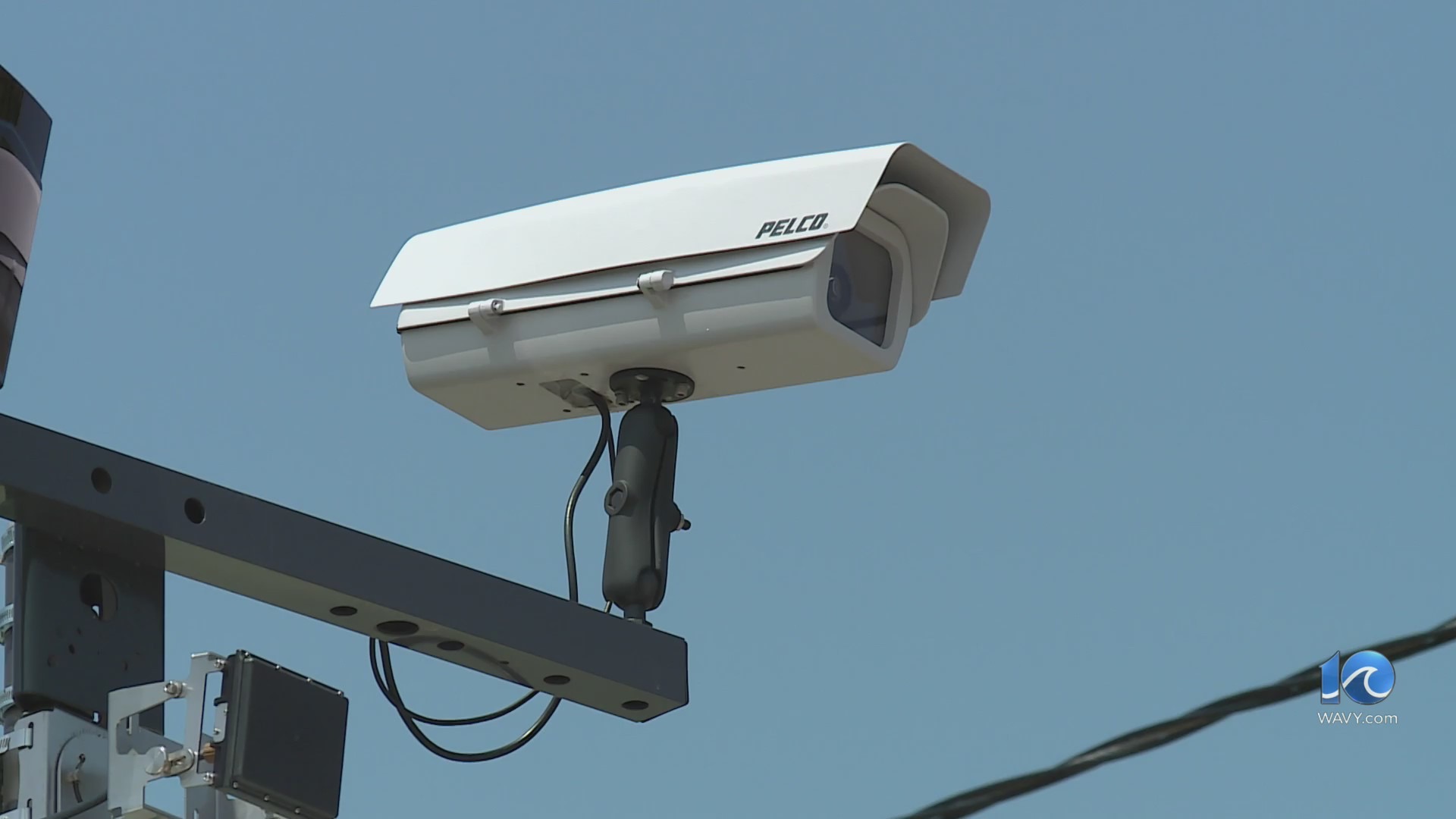WASHINGTON (AP) — A key U.S. inflation gauge slowed last month as President Donald Trump’s tariffs have yet to noticeably push up prices, while American incomes jumped.
Friday’s report from the Commerce Department showed that consumer prices rose just 2.1% in April compared with a year earlier, down from 2.3% in March and the lowest since September. Excluding the volatile food and energy categories, core prices rose 2.5% from a year earlier, below the March figure of 2.6%. Economists track core prices because they typically provide a better read on where inflation is headed.
The figures show inflation is still declining from its post-pandemic spike, which reached the highest level in four decades in July 2022. Economists and some business executives have warned that prices will likely head higher as Trump’s widespread tariffs take effect, though the timing and impact of those duties are now in doubt after they were struck down late Wednesday in court.
The inflation-fighters at the Federal Reserve said at their most recent meeting May 6-7 that inflation is still elevated, compared to their target of 2%. Fed officials, who focus more on core prices, broadly support keeping their key interest rate steady while they evaluate the impact of the tariffs on inflation and jobs.
The court ruling last Wednesday said that most of Trump’s tariffs were unlawful, including his duties on imports from Canada, Mexico, and China, as well as those on more than 50 other countries. Tariffs on steel, aluminum, and cars were implemented under different laws and remain in place.
But the duties were allowed to remain in effect while the Trump administration appeals the ruling against them. And administration officials say they will find other legal authorities, if needed, to implement the tariffs. As a result, what tariffs will end up in place and for how long remains highly uncertain.






